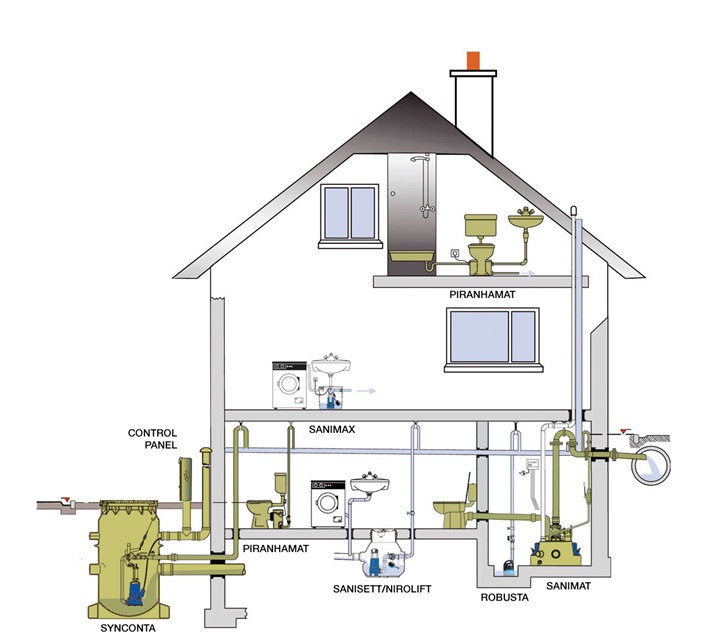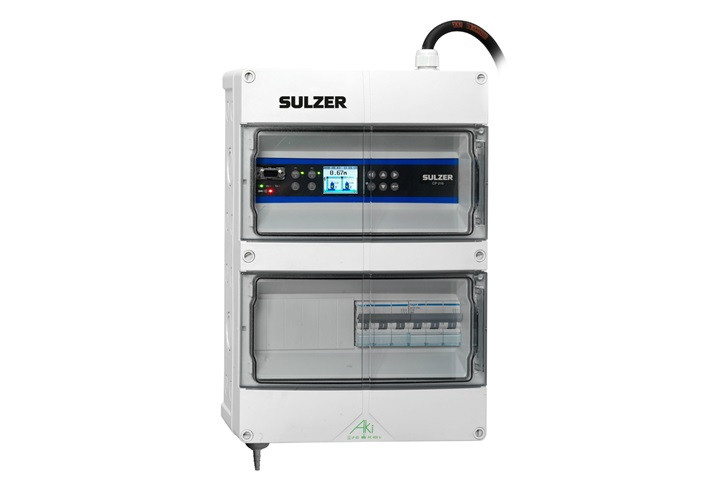Pressure sensor type ABS MD 124
Ideal for measuring liquid levels
The MD 124 is a 4-20 mA loop-powered pressure sensor. It has a robust construction and is easily mounted on a standard 35 mm DIN rail. MD 124 is ideal for measuring liquid levels using the ”bubble tube” principle.
Technical specifications
| Body material | Polyamide |
| Front material | Fiber glass - Epoxy (FR-4) |
| Dimensions | 77 x 22.5 x 37 mm |








